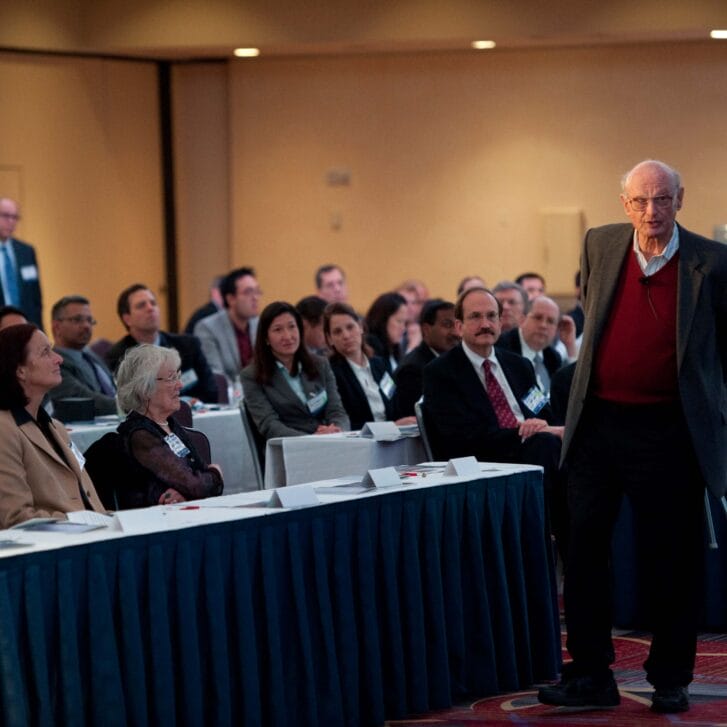In each issue of Wharton Magazine, we’ll test your knowledge with a question straight from an actual Wharton exam or crafted by one of the School’s esteemed faculty members. Submit the correct answer and you might just walk off with a great prize—tuition-free attendance at a Wharton Executive Education program.
This Final Exam challenge comes from Wayne Guay, Wharton’s Yageo Professor of Accounting. Good luck!
Winner of the spring issue Final Exam challenge: Gary Caine, W’77
The Basics:
Jet Philly, a new startup airline, leased some flight equipment on January 1, 2011. The lease was structured as a four-year capital lease with four annual payments of $3 million to be made on January 1 each year, beginning in January 2012. The interest rate embedded in the capital lease is 10 percent, and the capital lease assets are to be amortized on a straight-line basis over a four-year period with no salvage value. Jet Philly reported $10 million in income before taxes in 2011.
The Question:
How much greater or lesser would 2011 income before taxes have been if Jet Philly had been able to classify this lease as an operating lease instead of a capital lease?
The Answer:
Jet Philly’s 2011 income before taxes would have been $328,359 greater if this lease had been classified as an operating lease instead of a capital lease. An equivalent correct answer would be that Jet Philly’s income before taxes would have been $10,328,359 if this lease had been classified as an operating lease instead of a capital lease. (This second answer is simply the first answer added to Jet Philly’s reported income of $10 million as stated in the question.)

























